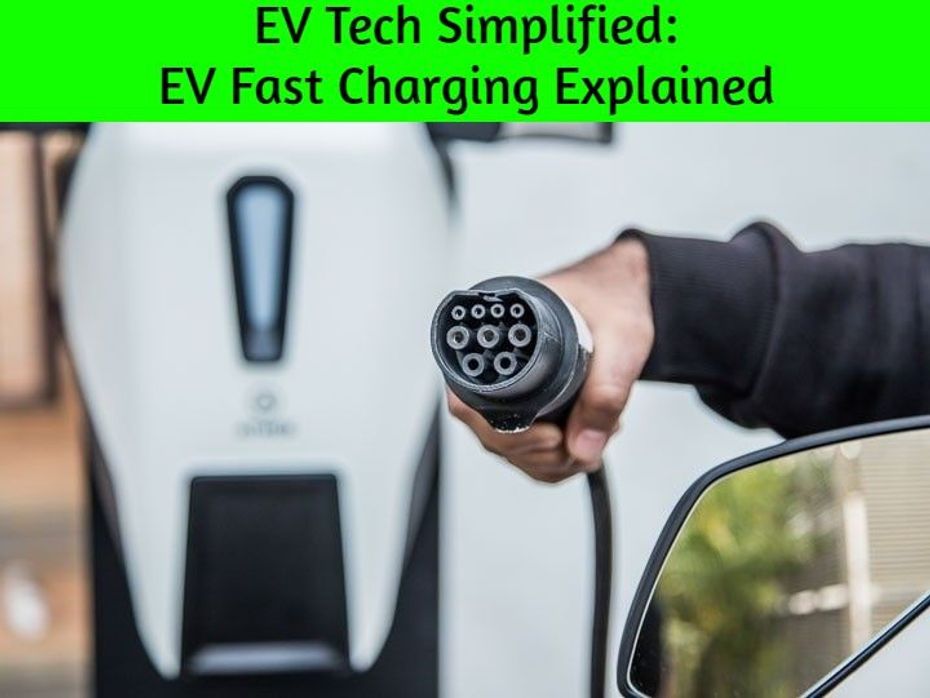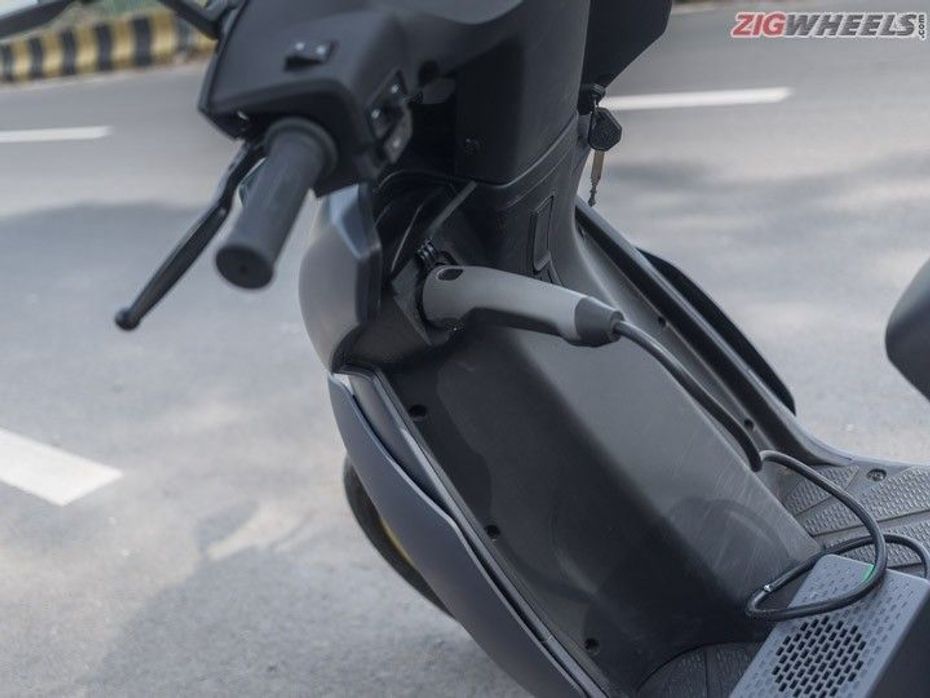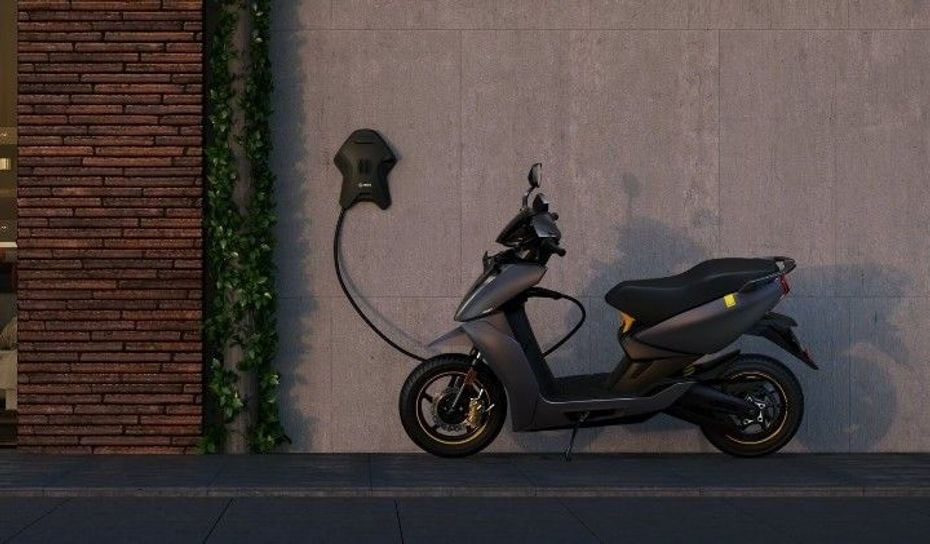
The 2025 Ather 450 Put Through An Insane Track Attack Challenge...
- Jan 4, 2025
- Views : 92496


In recent times, the popularity of electric vehicles have grown exponentially; however, there are still certain factors which keep a lot of people from taking the plunge into the EV space. Apart from the range anxiety, the other factor that holds back a lot of conventional two-wheeler users from getting an EV is long charging times when plugged into regular wall sockets.
Charging time becomes an even larger concern for new EVs coming into the market that offer bigger and bigger battery packs to quell range anxiety. If charging an EV could be made as, or almost as, quick and convenient as filling fuel in a tank of a conventional petrol-powered two-wheeler, we’re sure to see even quicker and wider adoption of EVs.
Apart from battery swapping, the other solution to this problem can come in the form of fast chargers. So how do these fast chargers work and just how viable are they? We take a closer look.
Battery packs produce direct current (DC) to drive electric motors, however, the local power grid outputs use alternate current (AC). So for the battery to charge, the alternating current needs to be converted to DC. This is done via converters that are installed either on board the electric vehicle, or the charger used. What this does is that it reduces the speed of charging, and so to increase its pace, the charging components need to be made heavier and larger, which would also make it inconvenient and complex.

For fast charging, the whole idea is to use direct current from the get-go, which when plugged into EVs that possess the technology, bypasses the whole conversion process and directly charges the battery pack. As a consequence, charging times are reduced drastically.
The current generation electric vehicles are capable of charging a depleted battery to over 75 percent in less than an hour, which is an insane progress as compared to taking over 4-5 hours to charge the same battery using an AC wall socket.
Despite being convenient to use, fast charging puts a lot more strain on the battery packs as compared to standard charging. Due to large amounts of electricity being sent to the battery packs, they tend to generate plenty heat, requiring better thermal management to dissipate the excess heat.
Fast charging can also be detrimental to the lifecycle of the battery pack, resulting in replacing it sooner than those who use slow charging.

The fast chargers are generally not installed at homes as they require and operate on much higher voltages - over 200V. This does allow them to put out significantly higher energy into the battery over a short period of time. They are, however, installed at public charging stations or commercial properties. For instance, Ather has the Ather Grid fast charging network that charges up its e-scooters fully in less than one 1 hour 15 minutes. Ola Electric has been working on its public hypercharger network that has the capability of charging its scooters from 0-50 percent in just 18 minutes.
Apart from that, EV manufacturers have been working on tech that could reduce the charging times by an incredible amount. For instance, Ola Electric has invested in an Israel-based battery technology company, StoreDot, known for its batteries that are capable of charging 0-100 percent in a mere five minutes. Even Jitendra EV, an EV manufacturer, has tied up with Log9, a Bengaluru-based battery technology start-up, which has a battery pack capable of fully charging in just 15 minutes. That said, it is exciting to see all the new technology in the EV space that has the potential to turn the masses into EV users.

The 2025 Ather 450 Put Through An Insane Track Attack Challenge...

2025 Ather 450 Incoming: Here’s What It Could Be Capable Of

TVS Apache RTX 300 Adventure Bike Unveiled At Auto Expo 2025

2025 Bajaj Pulsar RS200; Launch In Next Few Days

2025 Suzuki Access 125 Launched At Auto Expo 2025

New Bajaj Pulsar Teased; Launch Likely In January 2025

Upcoming 2025 Bajaj Pulsar RS200 Teased Again

Suzuki E-Access VS Suzuki Access 125 Petrol : Differences Explained

TVS Jupiter CNG Scooter Unveiled At Auto Expo 2025
India's largest automotive community
 Royal Enfield Scram 440
Rs. 2.08 Lakh
Royal Enfield Scram 440
Rs. 2.08 Lakh
 Honda Livo
Rs. 83,080
Honda Livo
Rs. 83,080
 BMW R 1300 GS Adventure
Rs. 22.95 Lakh
BMW R 1300 GS Adventure
Rs. 22.95 Lakh
 BMW S 1000 RR
Rs. 21.10 Lakh
BMW S 1000 RR
Rs. 21.10 Lakh
 Suzuki Gixxer SF 250 Flex Fuel
Rs. 2.16 Lakh
Suzuki Gixxer SF 250 Flex Fuel
Rs. 2.16 Lakh